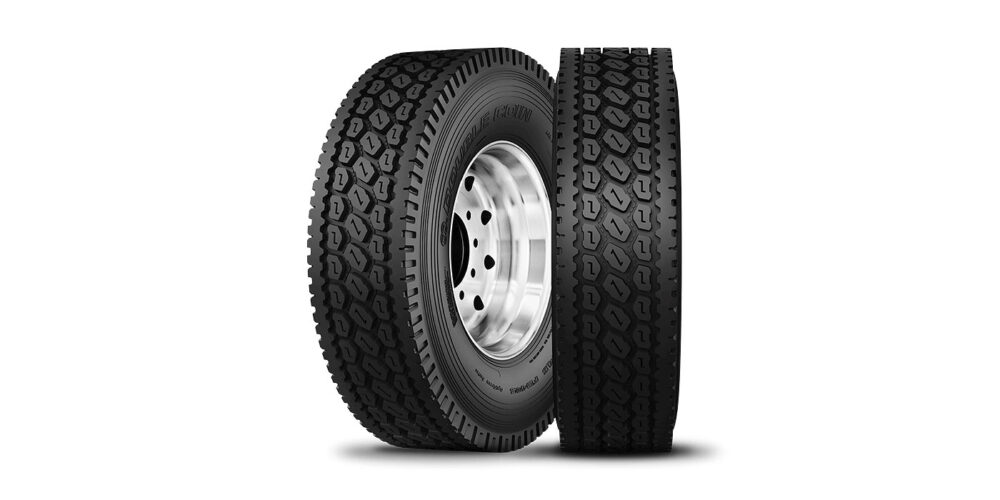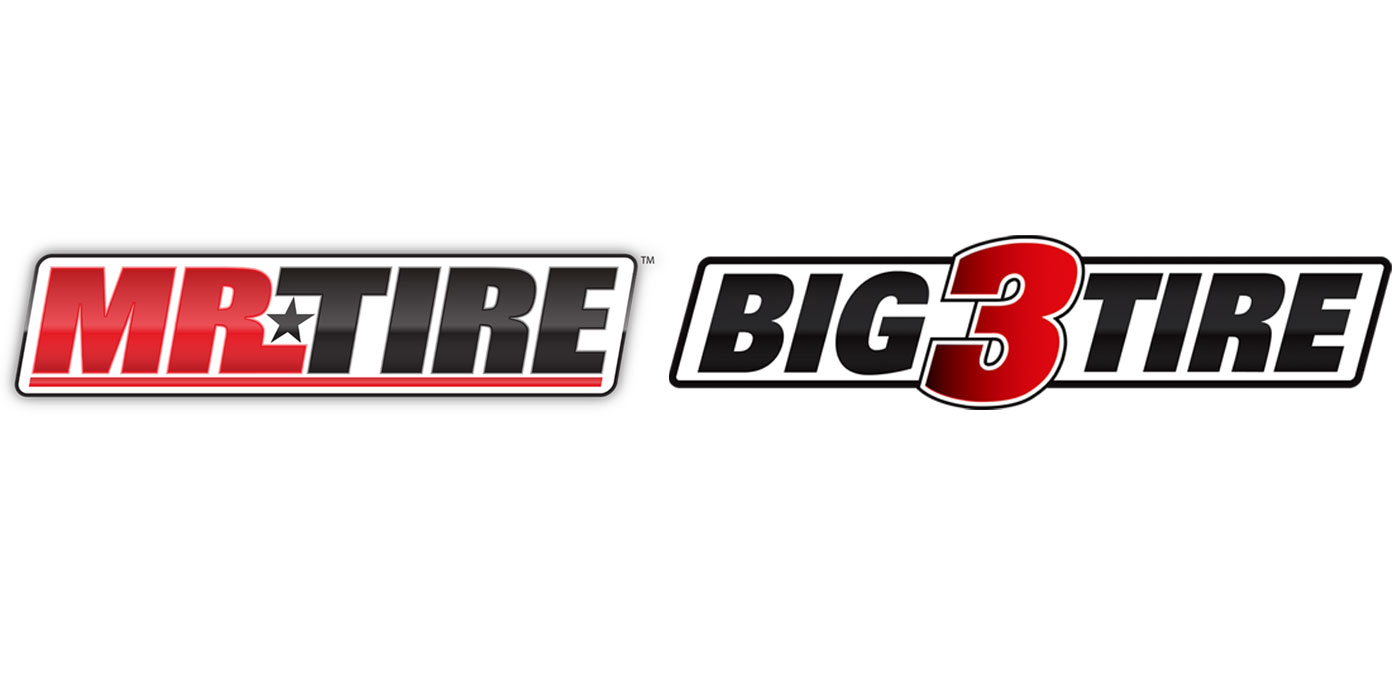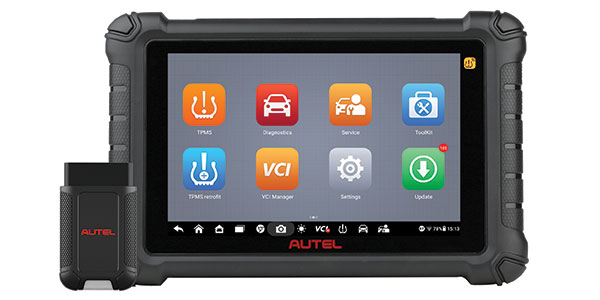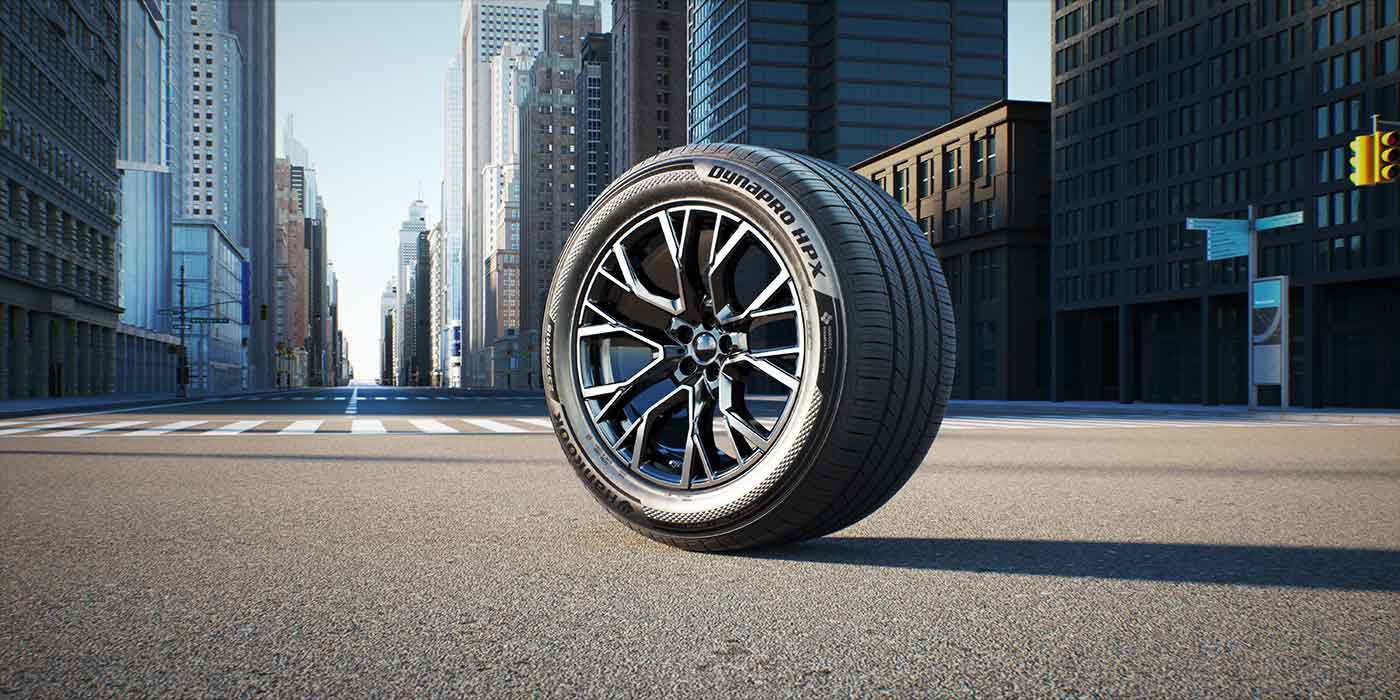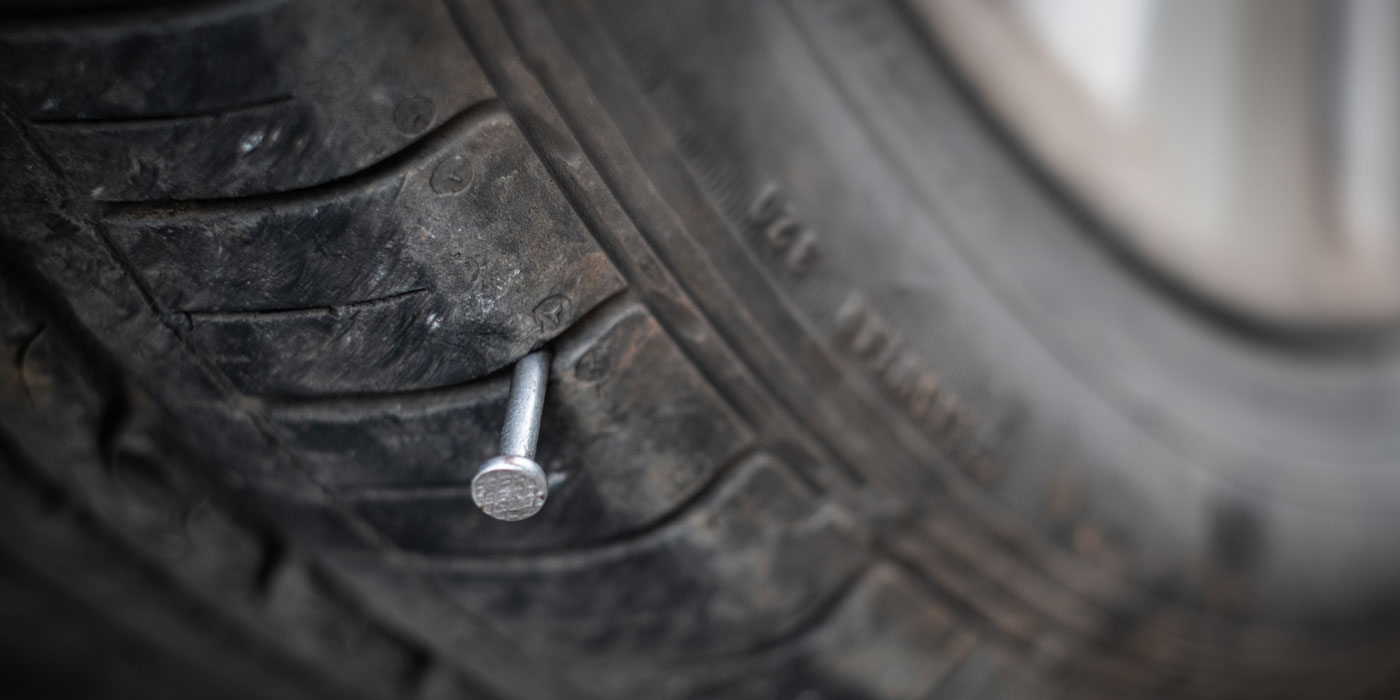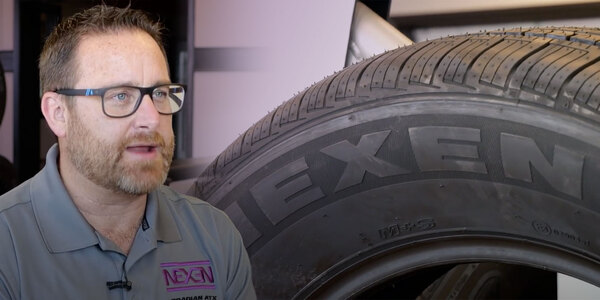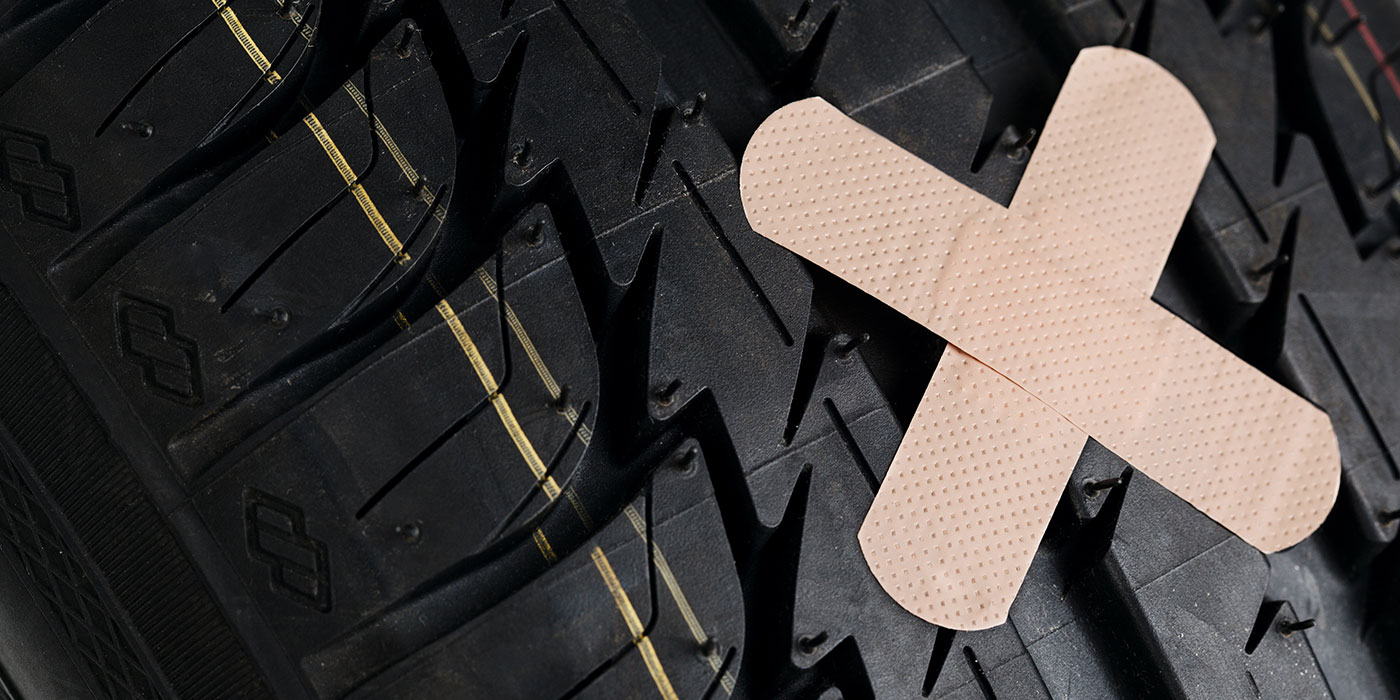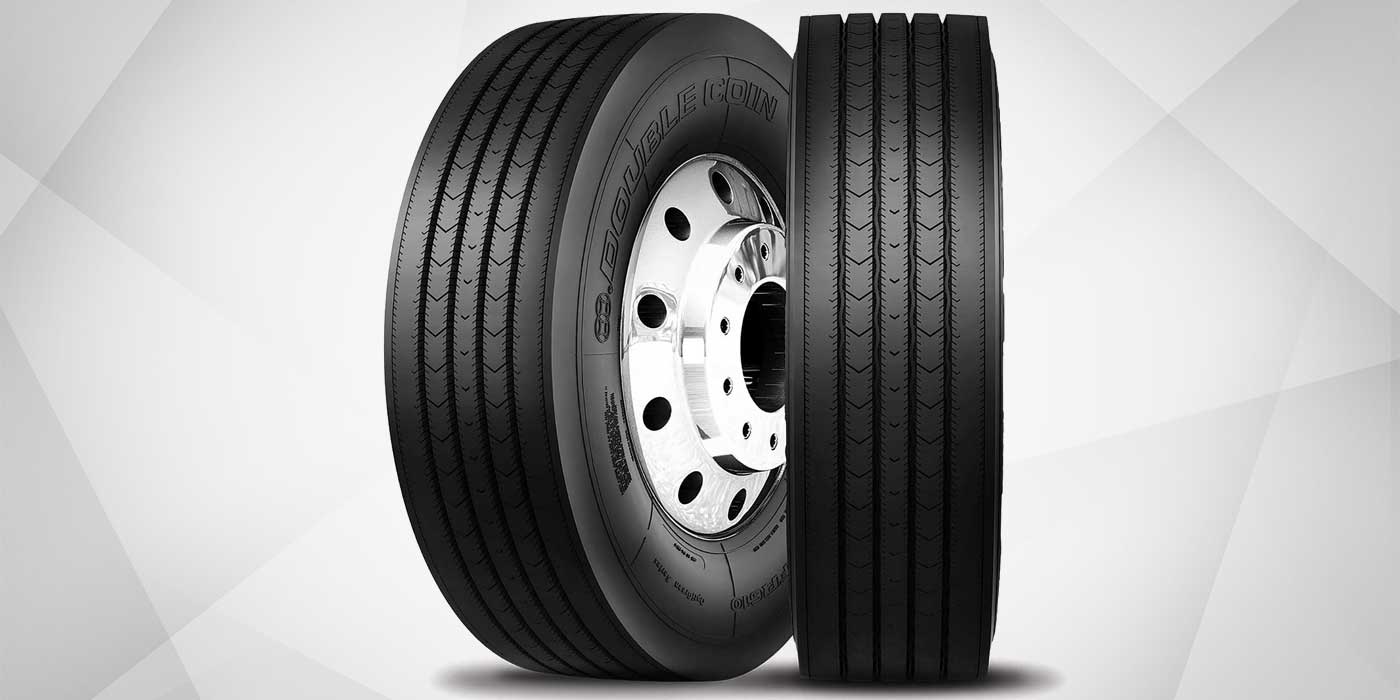In today’s trucking industry, retreading can often be misunderstood. New technologies in the tire industry have dramatically changed the performance landscape of retreads.
For example, EPA SmartWay regulation has forced new tire manufacturers to invest in manufacturing processes that just a few years ago would have been unthinkable. The most significant change has been the elimination of the fourth belt (aka protective belt) for over-the-road long-haul tires. This revolutionary change has provided improved fuel economy and reduced product weight with no discernable reduction in retreadability.
The retread industry has also introduced enhanced diagnostic equipment to eliminate marginal casings from the retread process, which provides the best possible foundation to apply new tread rubber.
Because of these changes, more tires are able to be retreaded consistently, especially those with three-belt technology.
“If a fleet customer is an EPA SmartWay carrier and requires lower rolling resistance products, use of three-belt technology in casings, like those Double Coin employs, will allow for a retread that meets the same SmartWay verification. And, that SmartWay verification will add to the carrier’s achievable sustainability goals.”
Busting Retread Myths
The most common argument for not using retreads is cost. However, as long as the casing is in good shape, retreads are an excellent, cost-saving option. They cost less to produce than new tires, and that savings is passed on to a dealer’s fleet customers. Retreads typically cost as much as 30% to 50% less than new tires, and a well-maintained casing can be retreaded as much as three to four times, saving the fleet in the long run.
In many applications, retreads outperform new tires when calculating overall “cost per mile.” That’s because the Federal Excise Tax (FET) doesn’t apply to retreads.
The other argument out there is that retreads don’t perform like the original tire. However, retreads are held to the same quality standards, if not higher, as new tires. Some people think those tire gators you see on highways are from retreads, which is far from the truth. In fact, most are from new tires.
When selecting the right retread, tire dealers serve as the experts when it comes to understanding the correct retreads to fit the wheel position and application.
Retreading Three-Belt Tires
To ensure the retreadability of its tires, Double Coin Tire has invested in the same cutting-edge technology that major tire manufacturers employ with a focus on meeting all federal fuel-efficient mandates and basic sustainability objectives. Dealers and their fleets can see this at work in the brand’s tires with three-belt technology.
Double Coin’s truck tires with three-belt tire technology allow for durability, performance and reliability consistent with four-belt products. Because Double Coin’s three-belt truck tires have a SmartWay-verified casing, a retread using this casing will be fully SmartWay verified, meeting the fleet’s fuel efficiency criteria when reinstalled in service. For example, Double Coin’s FD405 drive tire is a fuel efficient, SmartWay-verified, low rolling resistance tire built for multiple applications. Its three-belt design provides lower rolling resistance and longer mileage, which helps lower total cost of ownership for your fleet customers.
Maximizing The Benefits of Retreads
To make sure you’re taking advantage of the benefits retreads offer, it’s crucial that dealers, along with their fleet customers, establish a basic criterion for their retreading program.
This should include, but not limited to:
- Casing age
- Minimum tread depth pull points
- Number of tread and section repairs
- Number of times a casing is retreaded
The Technology and Maintenance Council (TMC) offers industry best practices to assist in the development of a comprehensive retread program. An aggressive tire pressure management program, along with regular quality inspections of your retreader’s manufacturing process, are the foundation to a successful retread experience.
As customers’ needs have evolved, so has the use of new tire technology. Double Coin is committed to providing reliable and efficient solutions for commercial tire dealers for their fleet customers. To learn more, email [email protected], call 888-226-5250 or visit www.doublecointires.com.
Sponsored by Double Coin Tires

